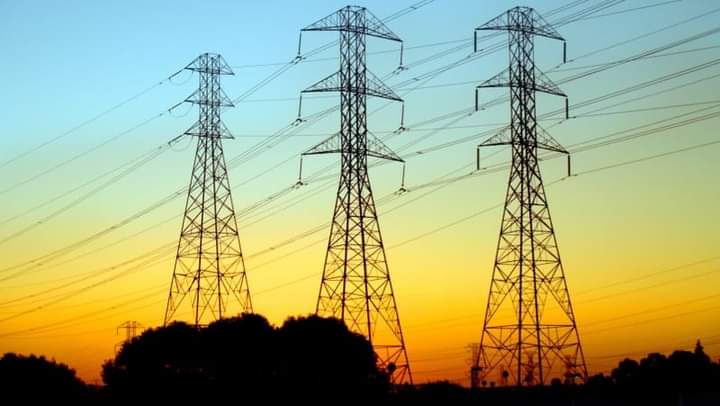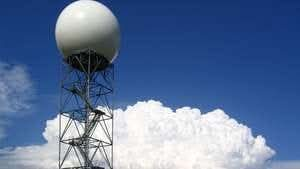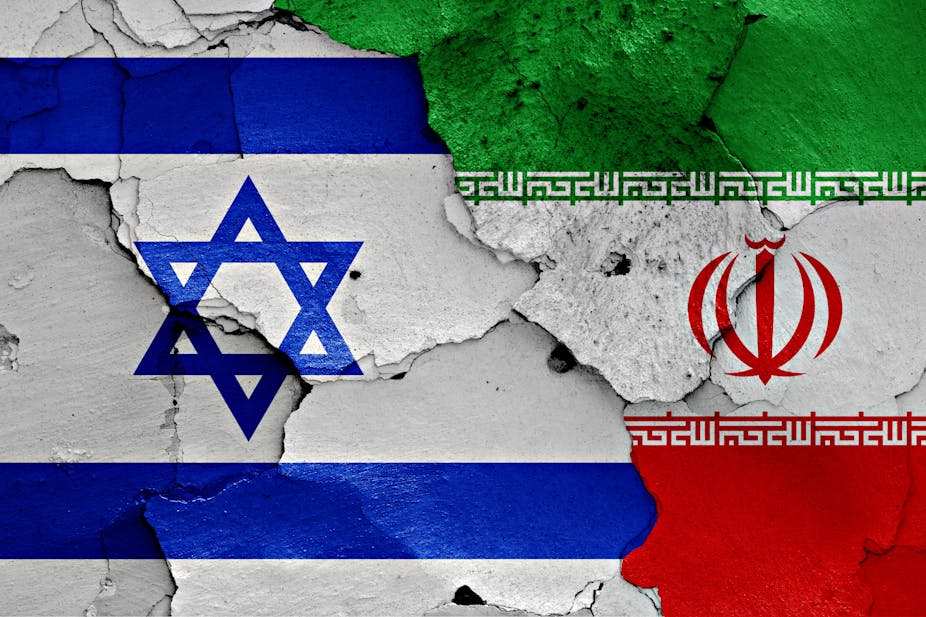ELECTRICITY: Nigeria's Power History and Electricity Generation Capacities

Did you know that electricity generation started in Nigeria in 1886 but that the first electric utility company, known as the Nigerian Electricity Supply Company, was established in 1929?
Electricity generation in Nigeria began in Lagos in 1886 with the use of generators to provide 60 kW. In 1923 tin miners installed a 2 MW plant on the Kwali River, six years later, the Nigerian Electricity Supply Company, a private firm was established near Jos to manage a hydro-electric plant at Kura to power the mining industry. Then another private enterprise was established in Sapele by United Africa Company (UAC) to power the activities of African Timber and Plywood Company.
Between 1886 and 1945, electric power generation was rather low with power provided largely to Lagos and other commercial centers such as mining industries in Jos and Enugu. The colonial government created an electricity department within the Public Works Department which then installed generating sets in many cities to serve government reservation areas and commercial centers.
In 1950, the Legislative Council of Nigeria began moves to integrate the electricity industry when it enacted a law to establish the Electricity Corporation of Nigeria (ECN) with the duties of developing and supplying electricity. ECN took over the electricity sector activities within PWD and the generating sets of Native Authorities. In 1951, the firm managed 46 MW of electricity. Between 1952 and 1960, the firm established coal-powered turbines at Oji and Ijora, Lagos and began making preliminary plans for a transmission network to link the power generating sites with other commercial centers. In 1961, ECN completed a 132 kV transmission line linking Lagos to Ibadan via Shagamu, in 1965, this line was extended to Oshogbo, Benin, and Ughelli to form the Western System.
In 1962, a statutory organization, the Niger Dams Authority (NDA) was formed to build and maintain dams along River Niger and Kaduna River, NDA went on to commission a 320 MW hydropower plant at Kainji in 1969 with the power generated sold to ECN. In 1972 NDA and ECN merged to form the National Electric Power Authority (NEPA).
By the year 2000, the state-owned monopoly, NEPA, was in charge of the generation, transmission and distribution of electric power in Nigeria. It operated as a vertical integrated utility company and had a total generation capacity of about 6, 200 MW from 2 hydro and 4 thermal power plants. This resulted in an unstable and unreliable electric power supply situation in the country with customers exposed to frequent power cuts and long period of power outages and an industry characterised by lack of maintenance of power infrastructure, outdated power plants, low revenues, high losses, power theft and non-cost reflective tariffs.
In the year 2001, the reform of the electricity sector began with the promulgation of the National Electric Power Policy which had as its goal the establishment of an efficient electricity market in Nigeria. It had the overall objective of transferring the ownership and management of the infrastructure and assets of the electricity industry to the private sector with the consequent creation of all the necessary structures required to forming and sustain an electricity market in Nigeria.
In 2005 the Electric Power Sector Reform (EPSR) Act was enacted and the Nigerian Electricity Regulatory Commission (NERC) was established as an independent regulatory body for the electricity industry in Nigeria. In addition, the Power Holding Company of Nigeria (PHCN) was formed as a transitional corporation that comprises of the 18 successor companies (6 generation companies, 11 distribution companies and 1 transmission company) created from NEPA.
In 2O10, the Nigerian Bulk Electricity Trading Plc (NBET) was established as a credible off-taker of electric power from generation companies. By November 2013, the privatisation of all generation and 10 distribution companies was completed with the Federal Government retaining the ownership of the transmission company. The privitisation of the 11th distribution company was completed in November 2014.
Nigeria has 23 power generating plants connected to the national grid with the capacity to generate 11,165.4 MW of electricity. These plants are managed by generating companies (Gencos), independent power providers, and Niger Delta Holding Company. The primary independent power plants before the power sector reforms are Shell-owned Afam VI (642MW), Agip-built Okpai plant (480 MW), and AES (270 MW). The third sector is the Nigerian National Integrated Power Project, NIPP, a project that was initiated in 2004 to fast-track the development of new power plants in the country. The majority of the new proposed plants are gas-powered plants. In 2014, the proposed capacity of NIPP plants was 5,455 MW.
The various power plants are Kainji Jebba Power Plc (Hydro) 1,330MW, Ughelli Power Plc (Gas) 942MW, Sapele Power Plc (Gas) 1,020, Shiroro Power Plc (Hydro) 600MW, Afam Power Plc (Gas) 987.2MW, Niger Delta Power Holding Company (Gas) 5,455, IPP's (Gas) 1,392 and Egbin Power Plc 1,020MW.
Nigeria has 11 distribution companies. These are Kaduna Electricity Distribution Company Plc, Yola Electricity Distribution Company Plc, Enugu Electricity Distribution Company Plc, Abuja Electricity Distribution Company Plc, Ibadan Electricity Distribution Company Plc, Jos Electricity Distribution Company Plc, Eko Electricity Distribution Company Plc, Ikeja Electricity Distribution Company Plc, Port Harcourt Electricity Distribution Company Plc, Benin Electricity Distribution Company Plc, Kano Electricity Distribution Company Plc.
Sources: NERC | Wikipedia
#penglobalhistory #electricity



